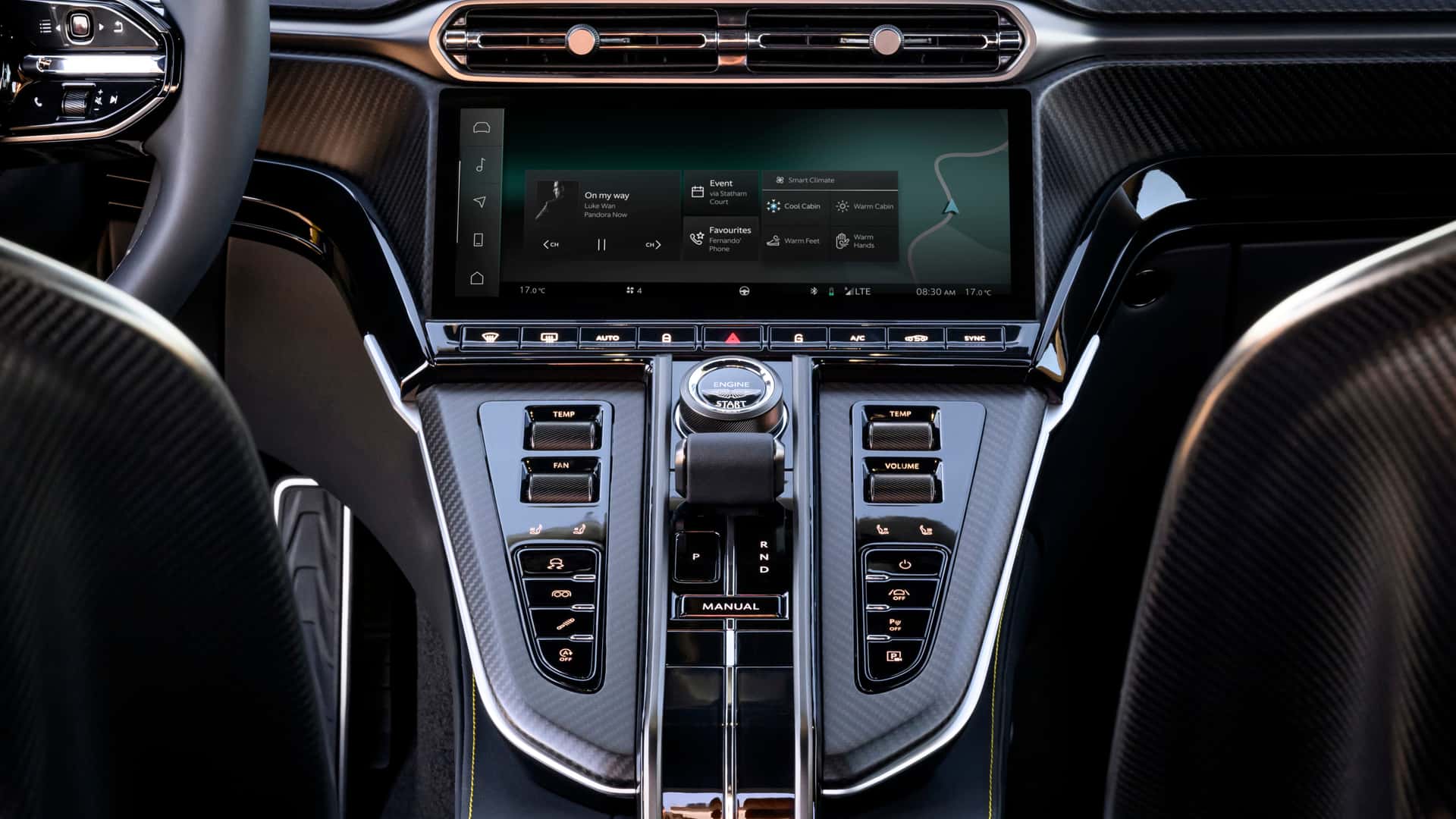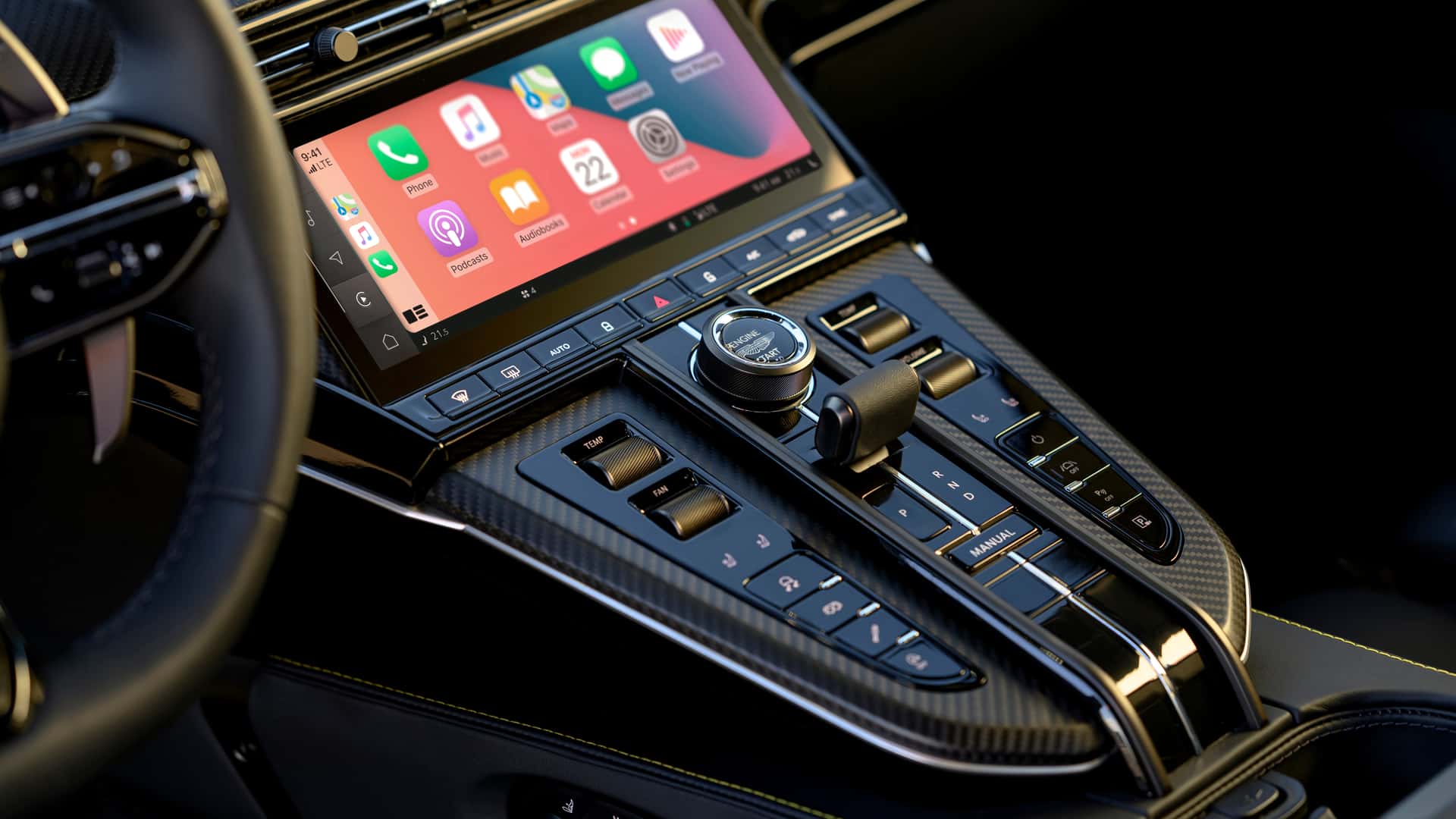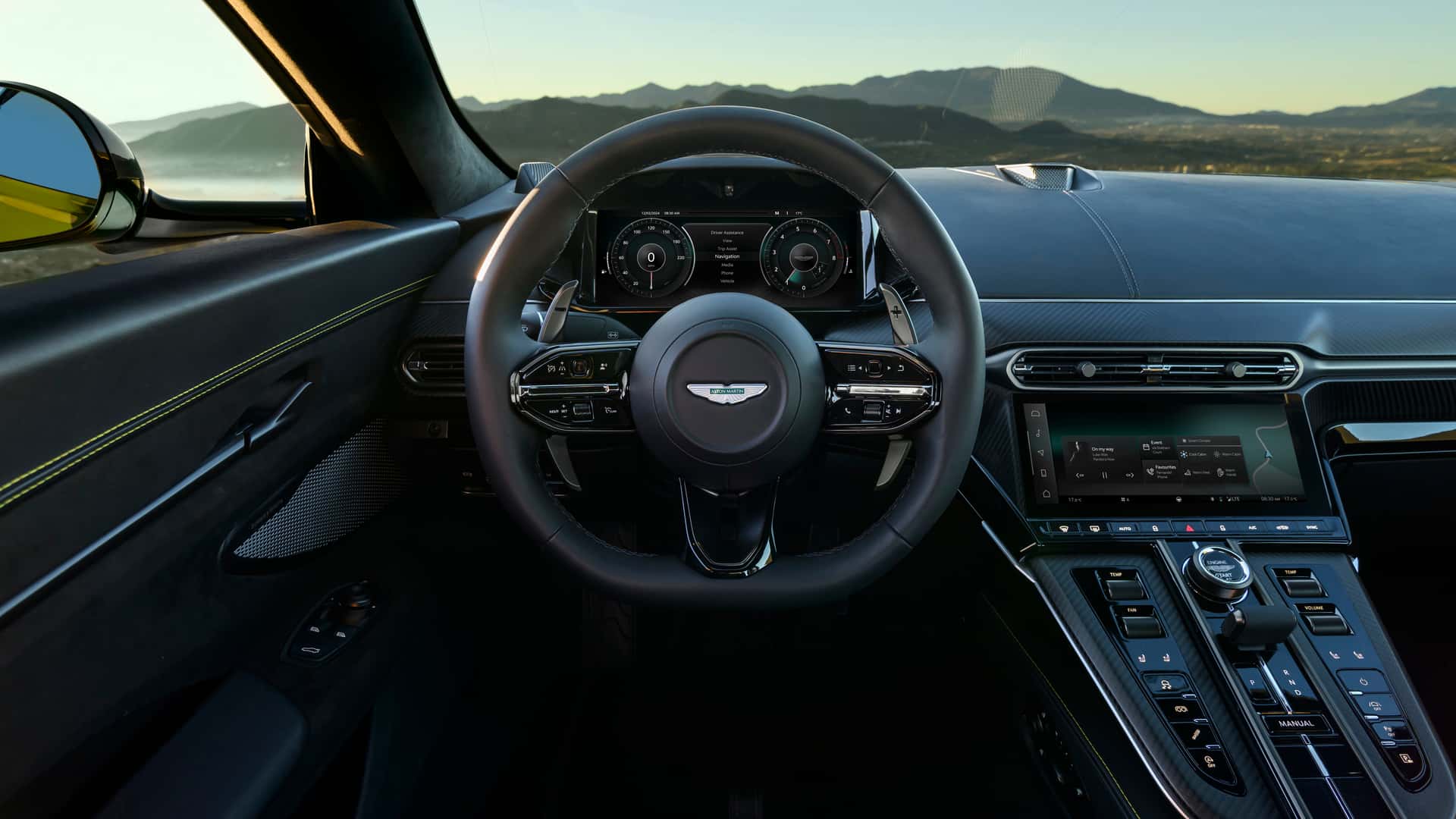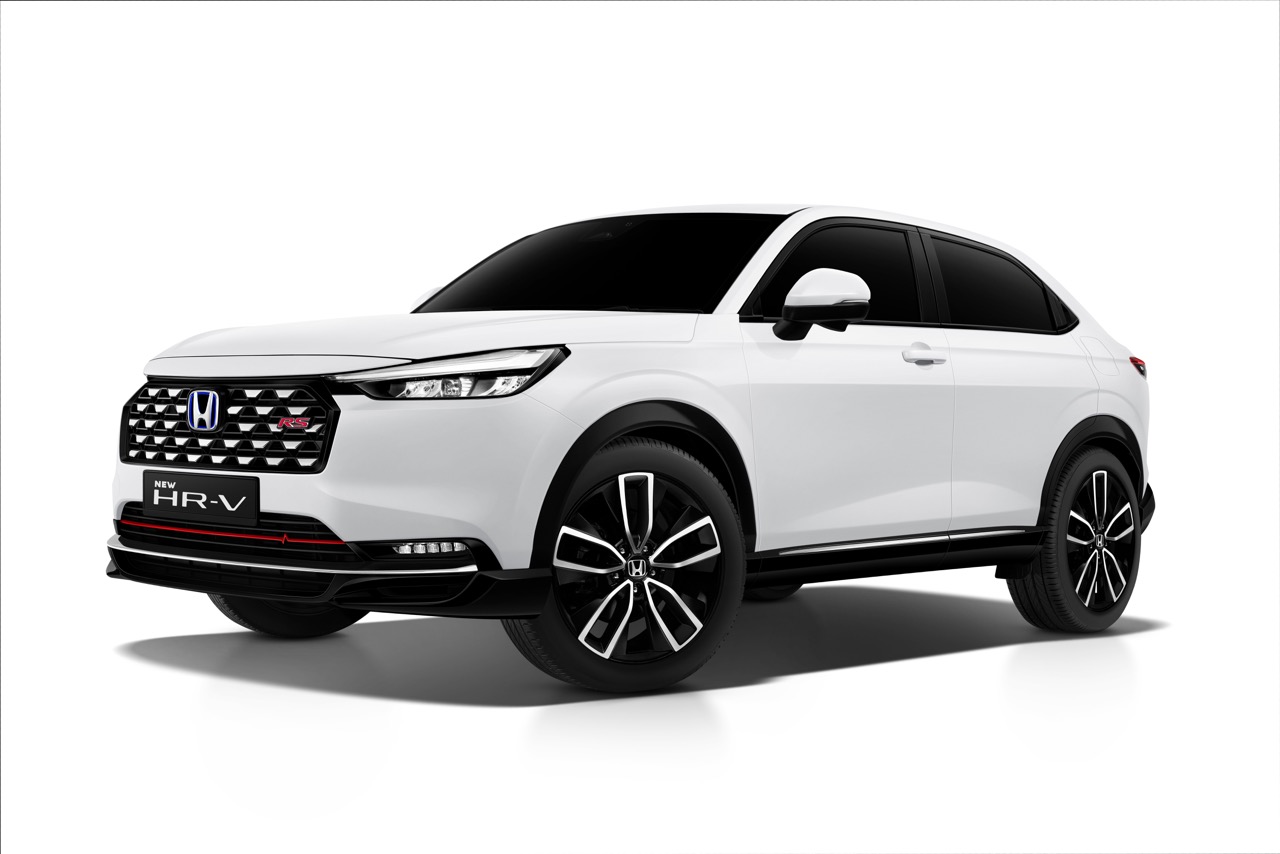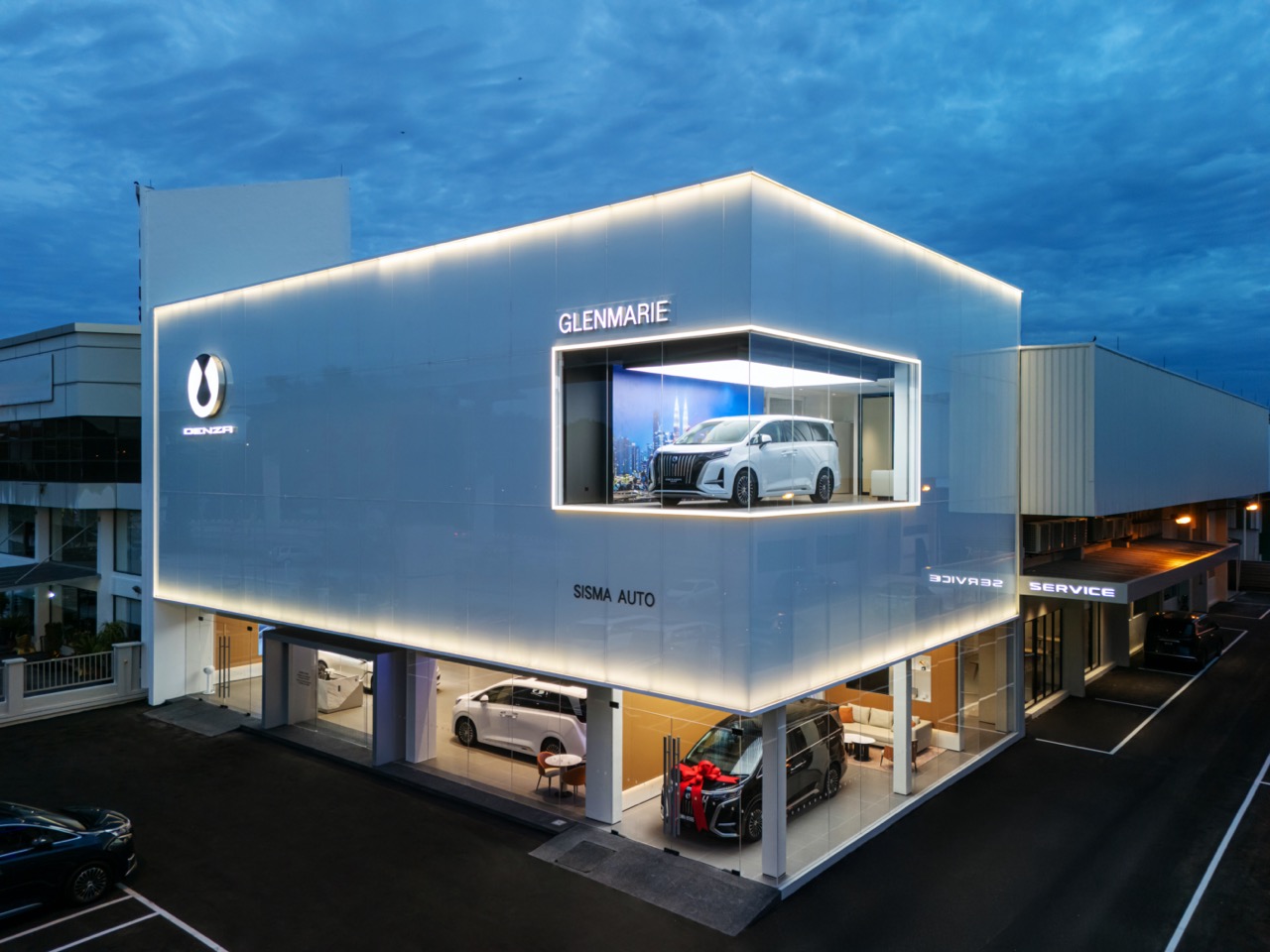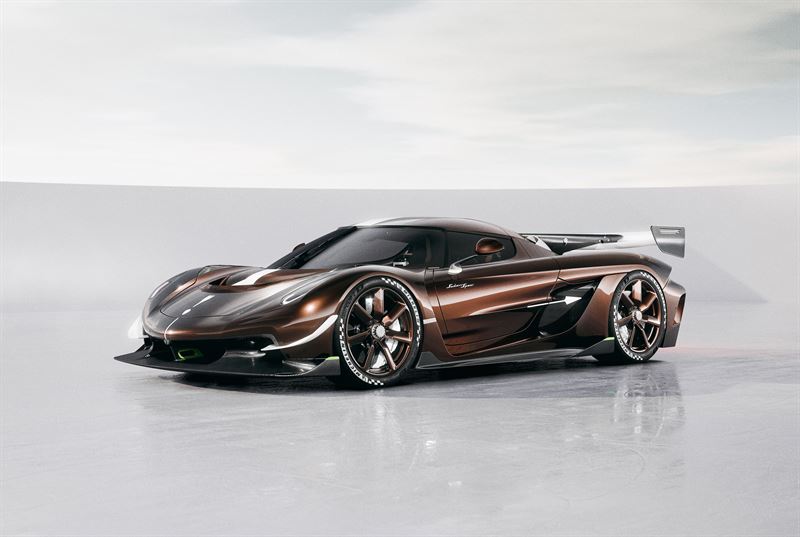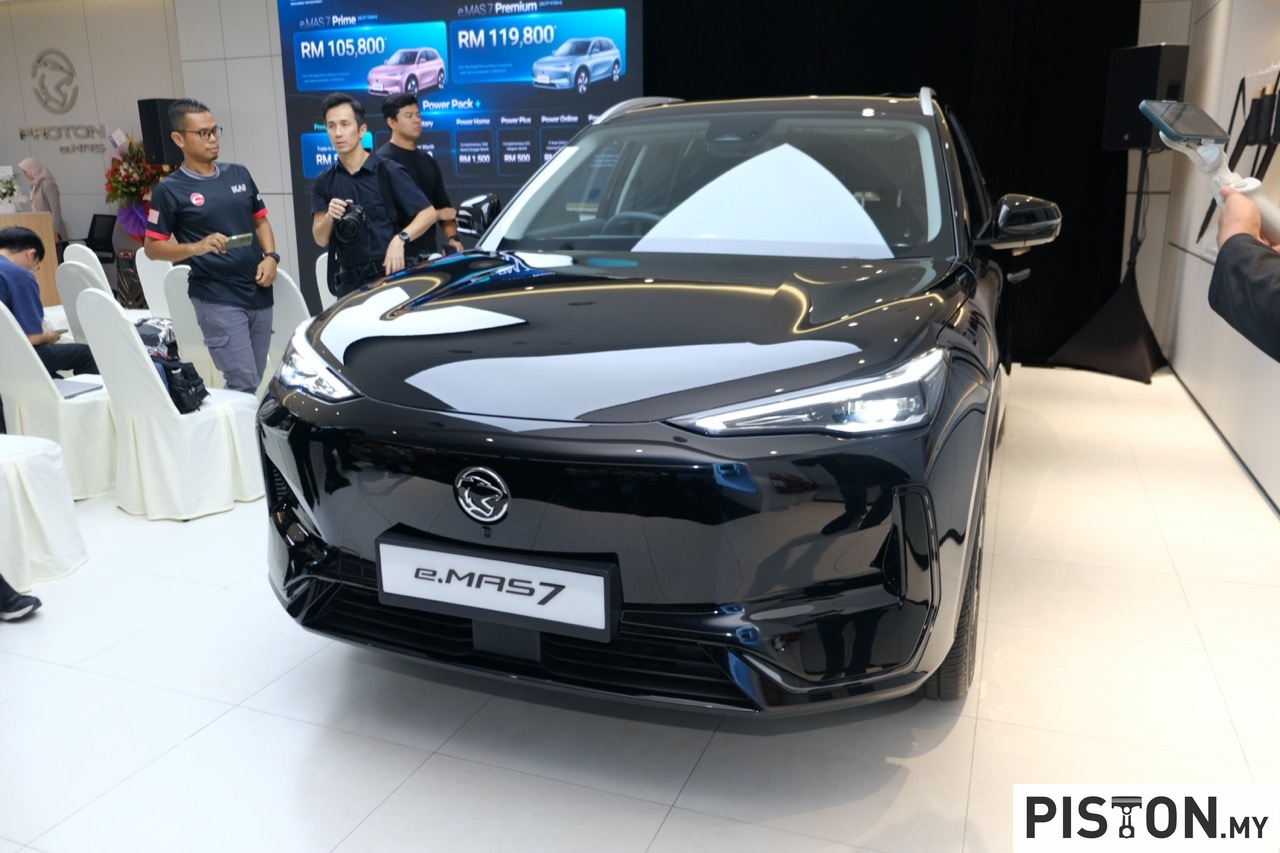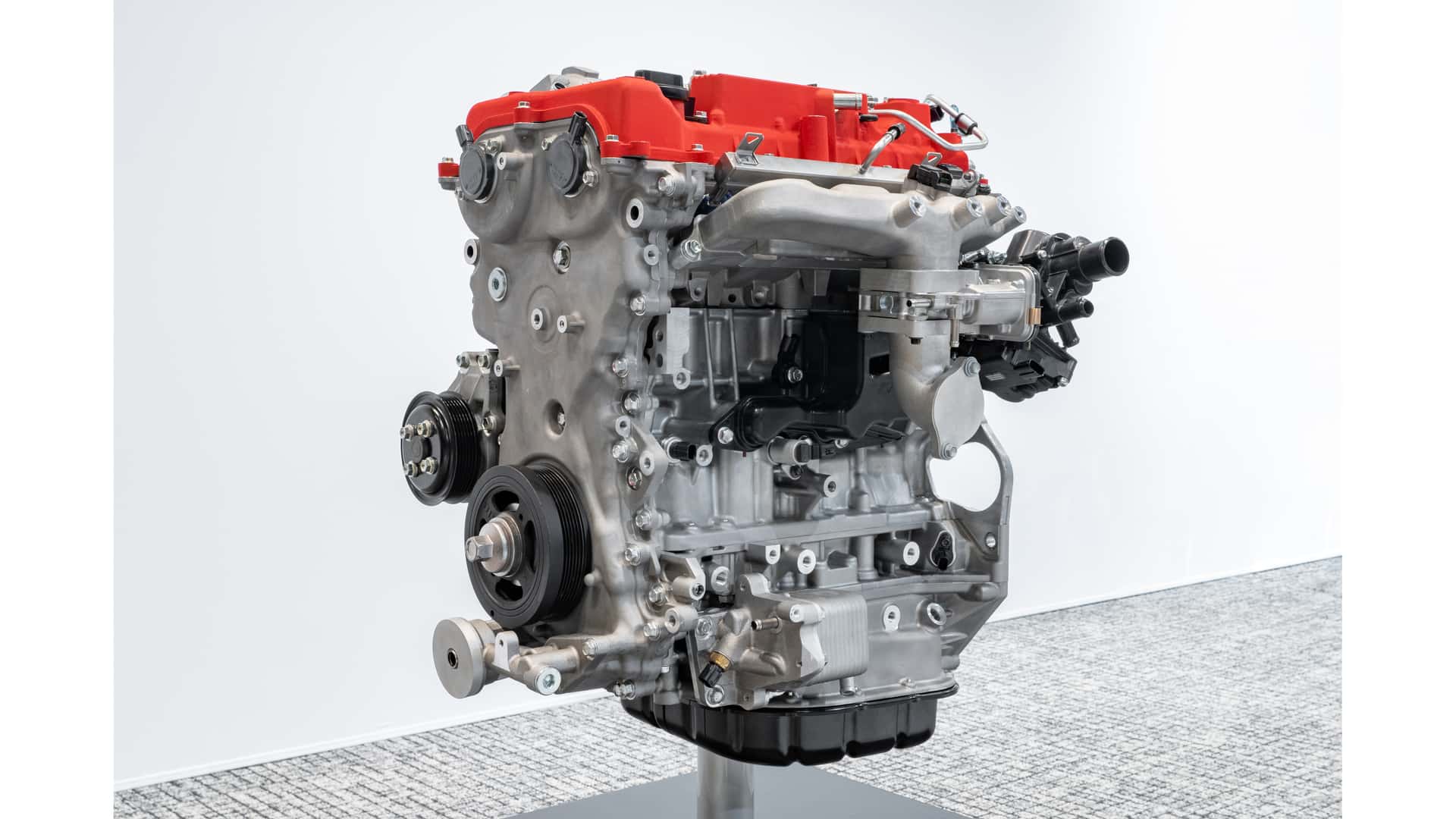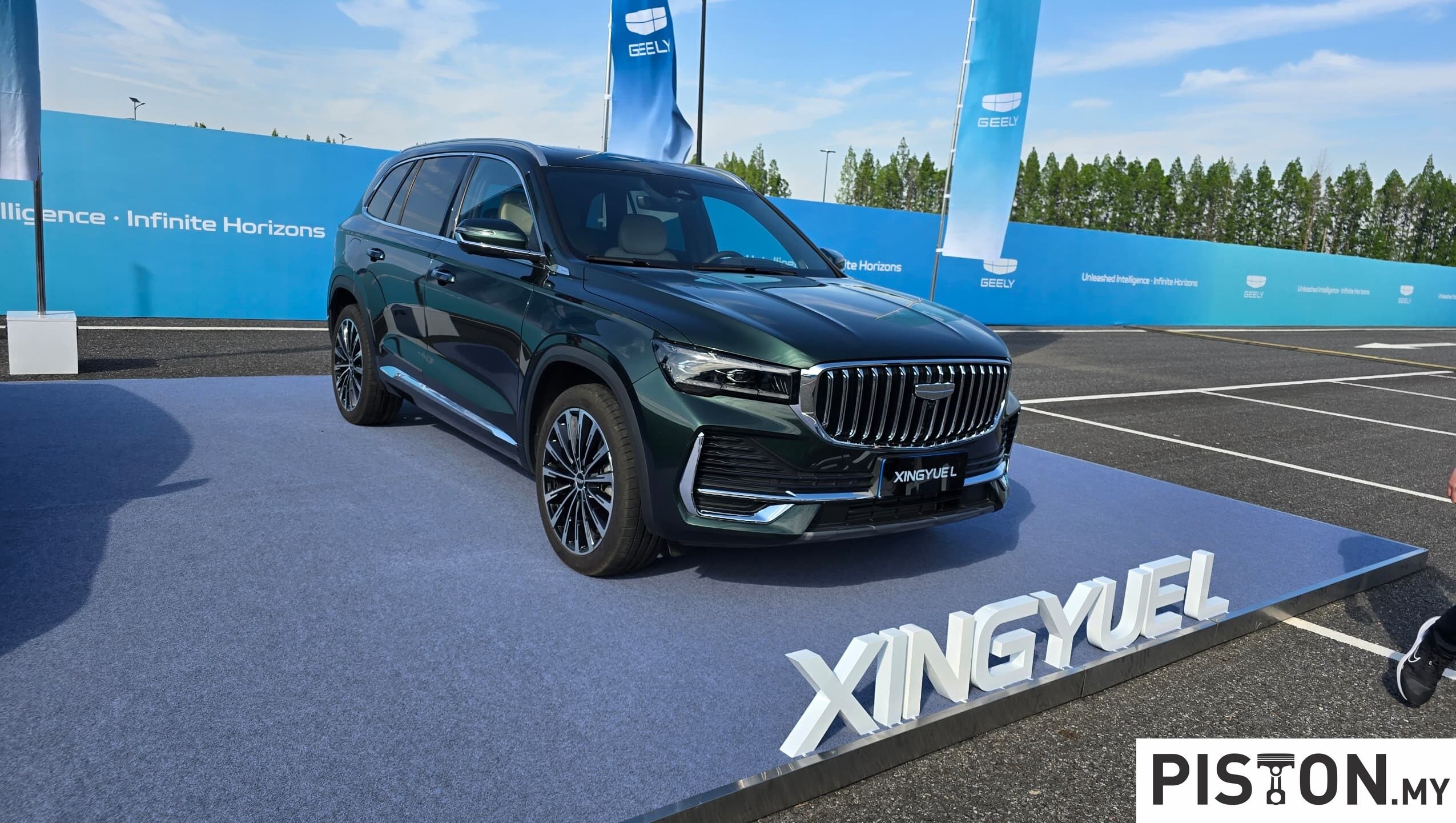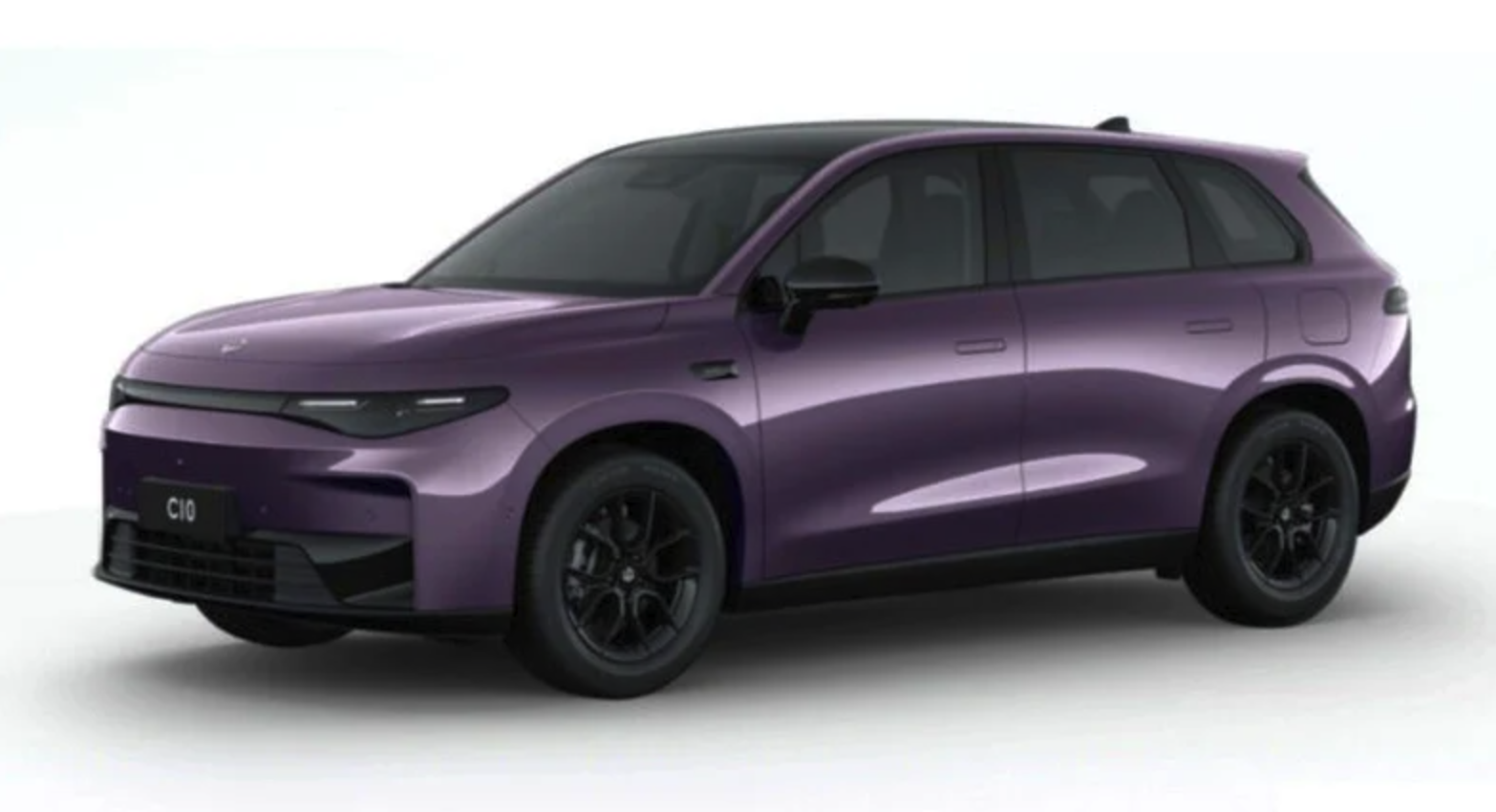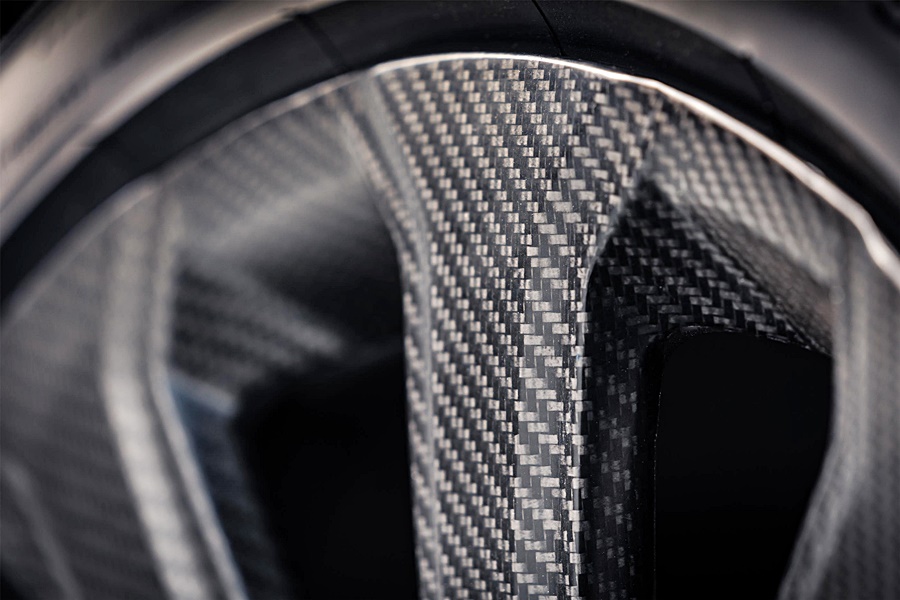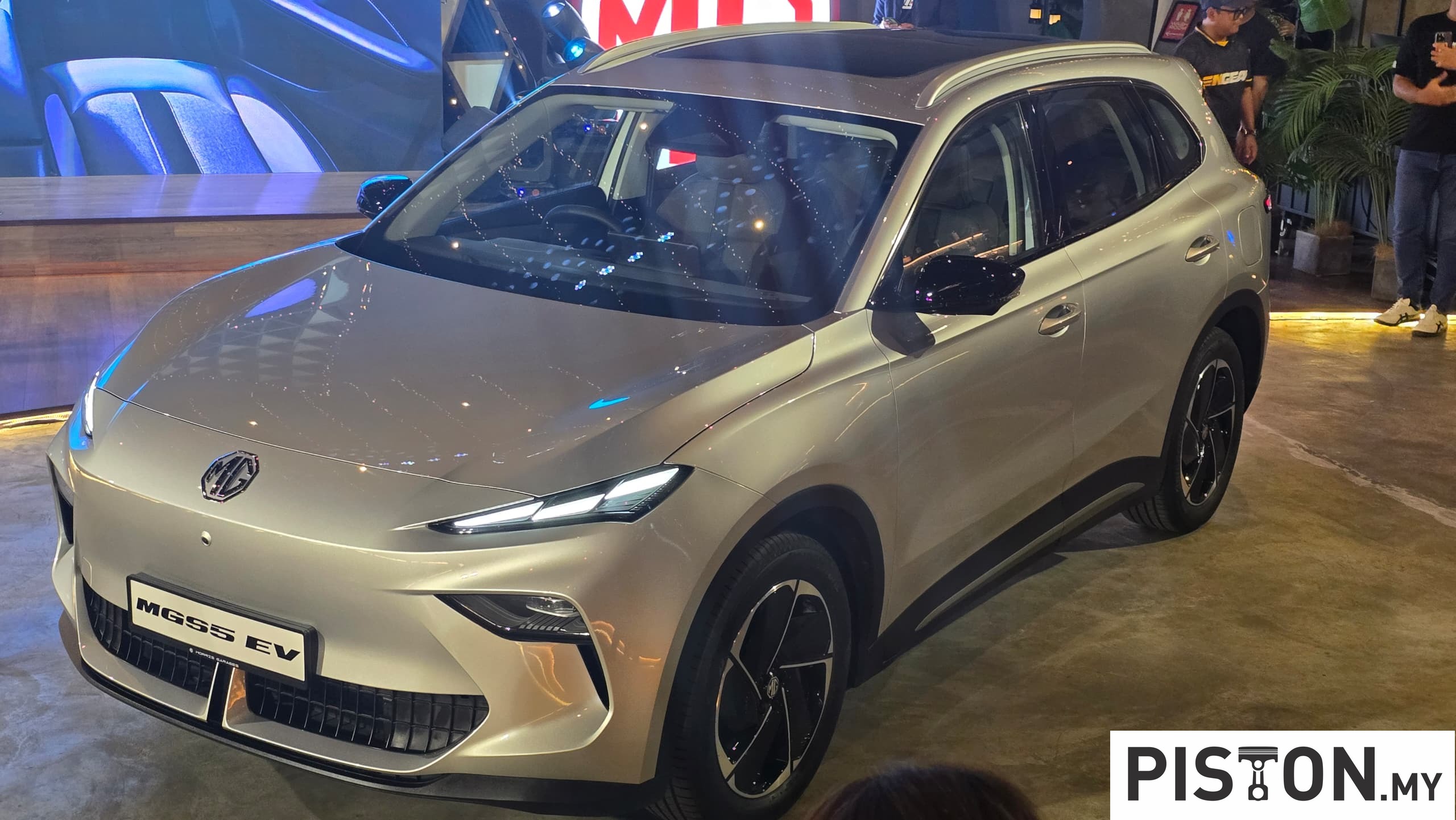Aston Martin is revolutionising its interior design approach with a focus on simplicity and ease of use, aiming to minimise the “piss-off factor” for its discerning clientele. What does the “piss-off factor” mean? It basically means that don’t do something if it irritates people. This innovative metric evaluates the frustration level associated with interior controls, ensuring that every button, switch, or touchscreen feature is intuitive and readily accessible.
In contrast to the trend of touchscreen-heavy cabins adopted by some automakers, Aston Martin remains committed to physical controls that offer tangible feedback and immediate functionality. Design Director Miles Nurnberger emphasised the importance of prioritising customer experience, citing examples where touchscreen-based settings proved cumbersome and unsafe for on-the-fly adjustments.
The new Vantage epitomises Aston Martin’s design philosophy, blending a touchscreen interface with a plethora of physical buttons, switches, and knobs. Despite considering touchscreen integration for certain functions, Aston Martin heeded customer feedback regarding the need for instant access to essential controls like seat adjustments, volume, and HVAC (heating, ventilation and air-conditioning) settings.
Nurnberger underscored the significance of eliminating unnecessary complexities in car interiors, emphasising the importance of immediate accessibility without compromising safety. This user-centric approach resonates with consumers who prefer tactile controls over touchscreens, which often lack the responsiveness and convenience of traditional buttons.
Aston Martin’s innovative design strategy sets a precedent for the automotive industry, advocating for user-friendly interfaces that enhance the driving experience. By prioritising customer satisfaction and usability, the luxury automaker continues to redefine interior design standards, paving the way for more intuitive and ergonomic cabins across the industry.



